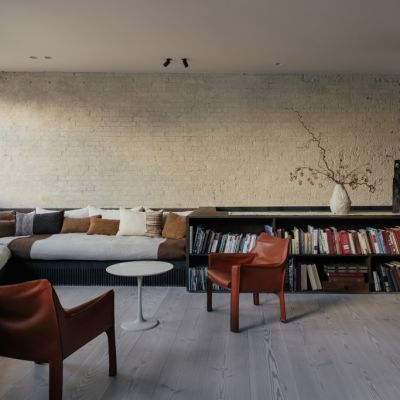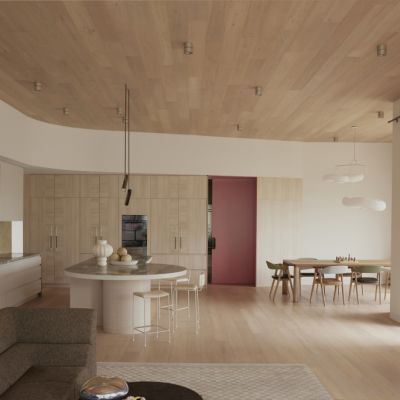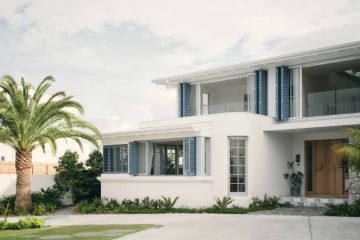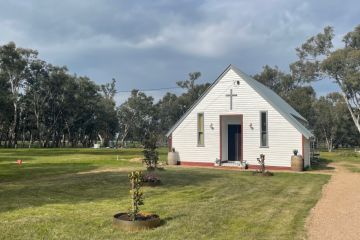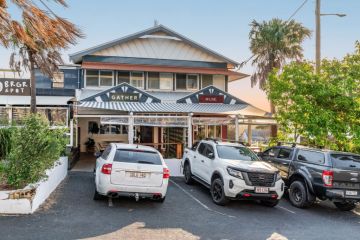Natural light and privacy: How the '80s glass brick is making a comeback
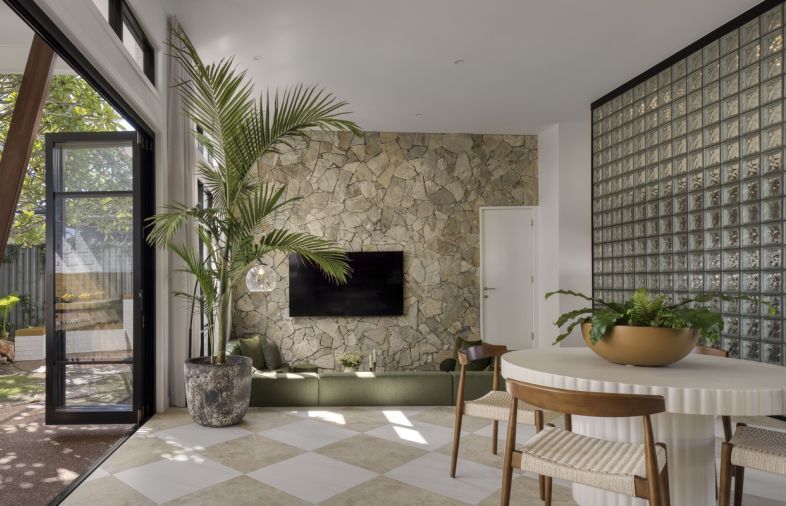
Ah, glass bricks. Translucent, opulent and, depending on the decade you were born, a little bit nostalgic.
Glass bricks are the great dividers between outside and inside, light and darkness, curiosity and privacy.
They were a hallmark of architecture and design in the 1980s – an era where a glass brick in a bathroom was almost as common as shampoo and conditioner – and are finding their way back to modern interiors, swapping ’80s opulence for a pared-back presence.
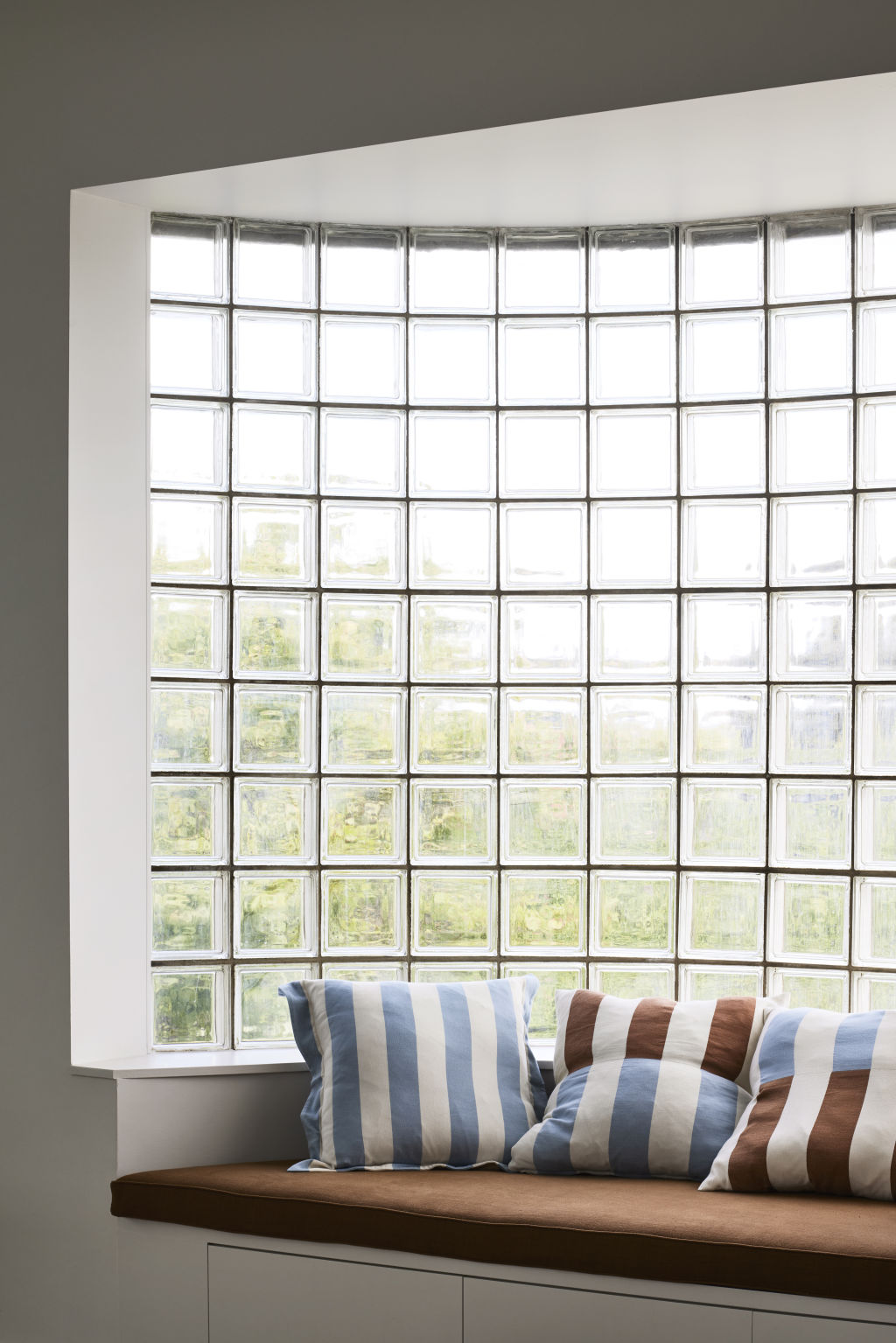
Interior architect Edwina Glenn is no stranger to the glass brick. She recalls visits to her childhood best friend’s house where the glass brick reigned, and uses it in residential projects today.
“For many, the brick conjures images of big hair, ’80s opulence and minimal, aesthetically cold interiors,” she says. “As a designer, however, the ability to both screen and illuminate inner-city spaces is an incredibly appealing feature of the humble glass brick.”
When Glenn was tasked to give a modern update to a 1908s family home in Hawthorn, Melbourne, she and the owners were keen to embrace the existing glass brick walls, whose characteristics were too good to ignore.
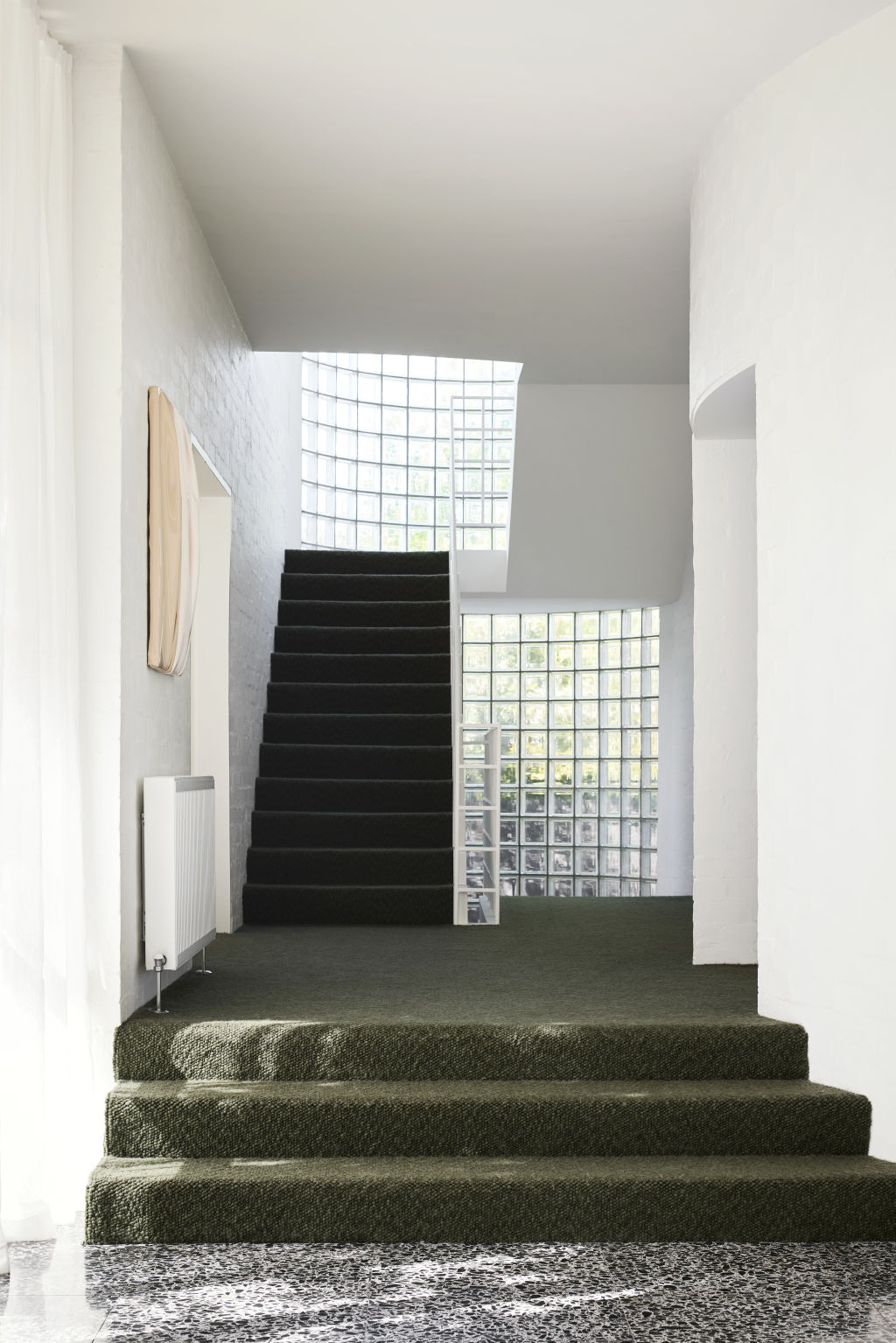
“There is so much I appreciate about the glass brick,” Glenn says. “I love the mass and weight for a sense of security. I love the repetition of form and consistency. And I love that the translucent material can be backlit like a lantern without losing a sense of privacy.”
While her praise for the aesthetics of glass bricks is high, Glenn also attributes their resurgence to their practicality – especially when you consider building regulations that governing overlooking the neighbours.
“I think the resurgence of the glass brick is a result of tighter urban planning and the constant need by council to screen from one’s neighbours,” she says. “Designers are looking for alternatives to exterior timber battens and powder-coated metal screens that often do very little positively for the interior experience.”
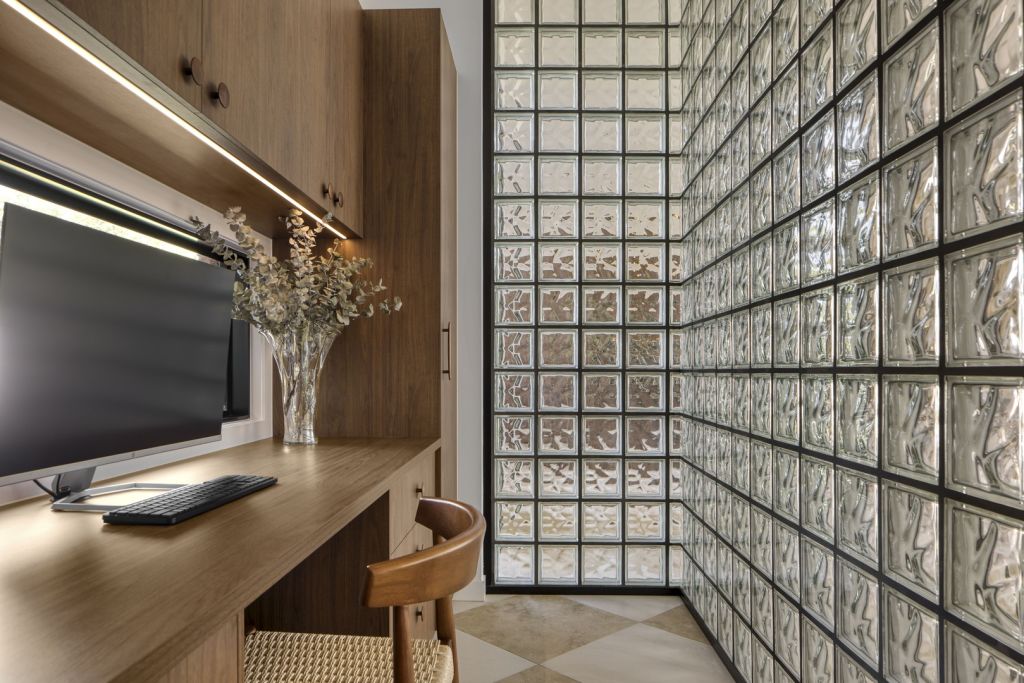
The rise of glass bricks has also resulted in design innovation, such as the Mano Glass Brick and Block range by Eco Outdoor in collaboration with industrial designer Tom Fereday. Each brick is hand cast using 70 per cent recycled glass and 30 per cent quartz sand.
Fereday says their appeal extends to “how they interact with light, creating translucent walls, and connecting indoor and outdoor spaces”.
As bricks are generally specified for large-scale applications, the range incorporates a slight curved shape in its form, which broadens its usability and offers design flexibility to architects, builders and designers.
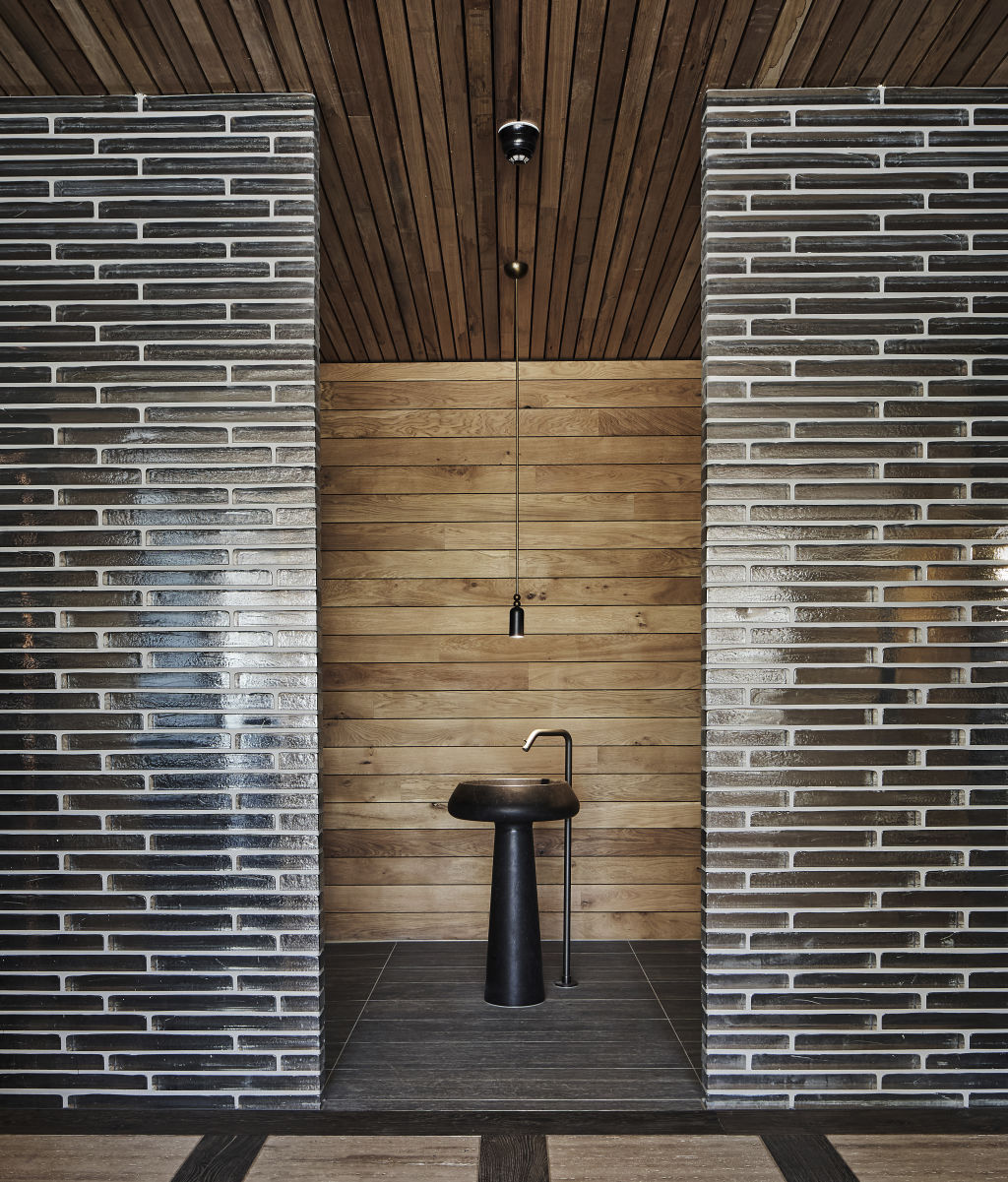
“We began with a traditional Roman brick and then added a unique curved shape, allowing the collection to be used in an intriguing number of ways,” he says. “We also worked with 70 per cent recycled glass, so each piece is different – each one has unique variations or imperfections, such as little bubbles.”
Glass bricks’ ability to bring in natural light while offering privacy from the outside world is also a positive among architects, builders and designers, including Glenn.
“I really value the role that the glass brick can play in introducing natural light but not at the expense of privacy,” she says. “I think there is also something very comforting about a wall of light that does not leave you feeling exposed from a security perspective.”
States
Capital Cities
Capital Cities - Rentals
Popular Areas
Allhomes
More

